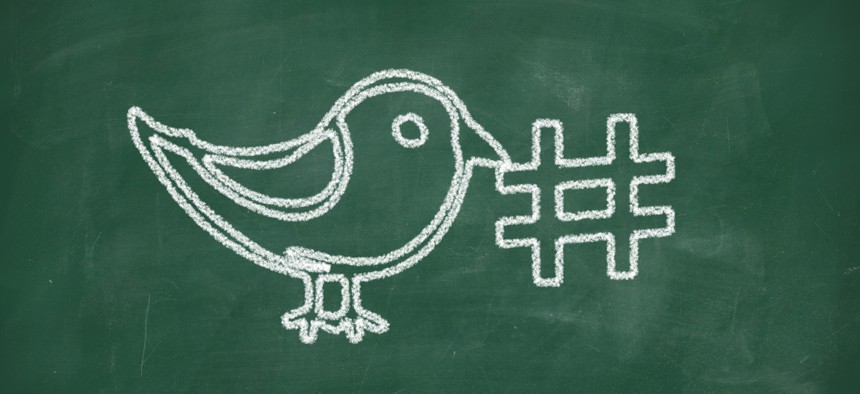NIH Sets Sights on Enterprisewide Tool to Track Its Millions of Twitter Engagements

ibreakstock/Shutterstock.com
The institutes also want to be able to pinpoint influencers and medical misinformation.
Generating millions of daily impressions across the 138 Twitter profiles it manages, the National Institutes of Health now needs health care-focused, enterprisewide social media monitoring and analytics software and services that can also pinpoint influencers to engage with online, help confront medical-centered misinformation—and more.
“With an average potential of 17,423,825 people and organizations interacting with just @NIH on Twitter each day, it is imperative that NIH is responsive to the conversation on Twitter and are meeting the needs of the public,” officials wrote in a statement of work released Wednesday.
Multiple institutes and centers across the agency presently pay for Twitter-tracking tools, but insiders recognize that spending across multiple accounts is likely more costly than a sole agencywide solution.
NIH’s sights are set on potentially using the Symplur Signals platform that provides real-time insights drawn from more than a billion specifically health care-dedicated social media data points. Staff within the agency's communications office had previously contracted with Cision and Meltwater for this sort of work, according to the document, but found that Symplur provided more intuitive functions—with the added perk of honing in explicitly on health topics prioritized under the agency’s mission.
Nevertheless, NIH is offering vendors beyond Symplur that can provide such capabilities to respond with interest and an overview of their services by Aug. 18 for consideration.
Offering details into its social media reach, the agency highlighted that the @NIH handle generally receives more than 30,000 profile visits and more than 10,000 new followers on average per month, on top of its more than 17 million daily impressions. The @NIHDirector profile also averages more than 86,000 impressions daily and garners 94,000 visits and more than 1,300 new followers per month.
The institutes particularly intend to access a solution that can “identify influencers for NIH and on specific health and research topics to engage influencers in online conversation,” livestream social media analytics at conferences, explore “unique community culture characteristics” that could be used to boost the agency’s engagement, support the medical field in countering the dissemination and spread of misinformation online, and more.
“This product will enable members of the NIH communications offices to monitor, distribute, and analyze social media mentions of the NIH,” officials wrote.



